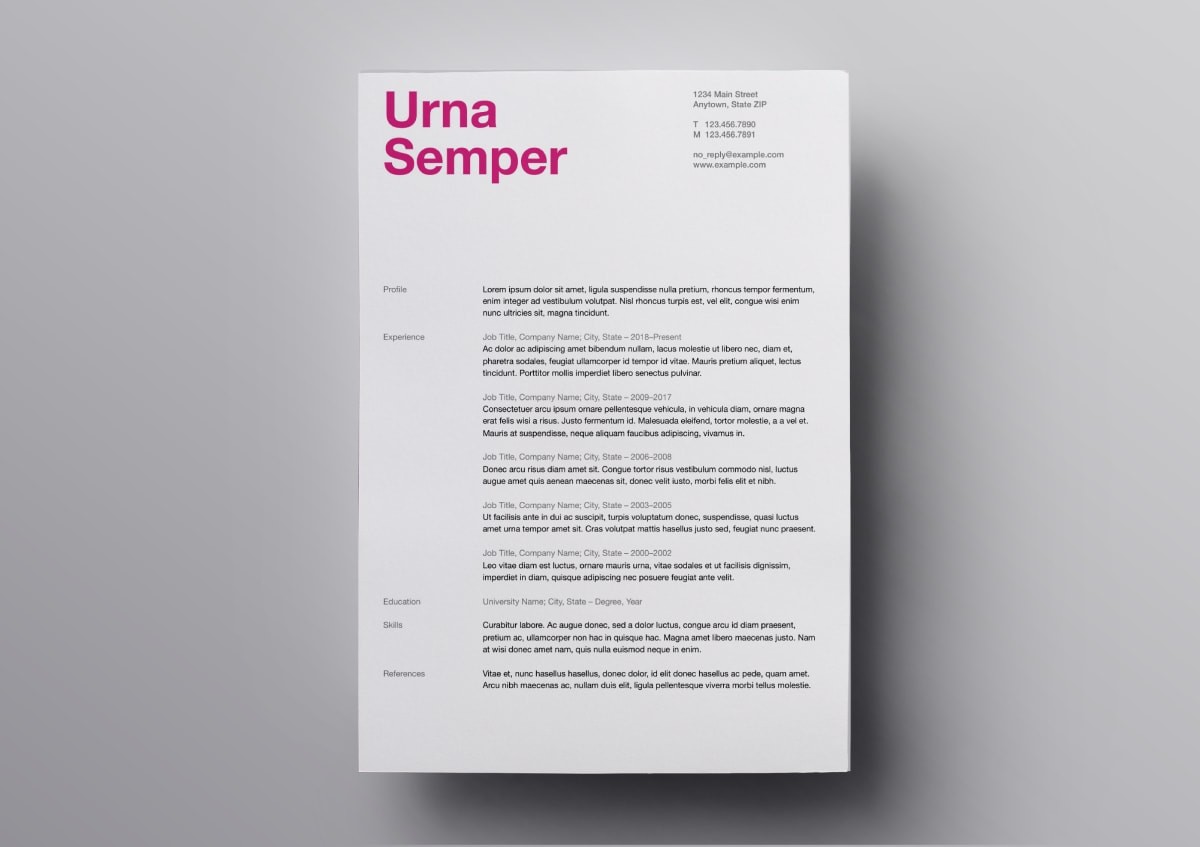

- #How to make 3 x 3 format on pages for mac how to#
- #How to make 3 x 3 format on pages for mac for mac#
- #How to make 3 x 3 format on pages for mac free#
One other note is that text files are also known as flat files or ASCII files. If you want to add data from an entire row or column, click the table, then click the number or letter for that row or column. Select the table cells with the data you want to use. You can also create more rich documents, you can use Pages, Pages for iCloud or similar apps. Select the poster option which will split a single image into multiple pages Make the tile scale bigger which will split it into more pages Press the Print button Adobe Reader Step 3. Select Export To Word Click Nextin the bottom right corner Create a name for your exported doc, and where to save it, click Export Here’s how the process looks: You can click Advanced options if. Select the data before creating your chart.
#How to make 3 x 3 format on pages for mac free#
It looks great as a single-page resume template, but you're free to add more sections. The sans serif fonts, subtle graphical elements, and your initials presented in a visually appealing way make it irresistibly compelling.
#How to make 3 x 3 format on pages for mac for mac#
You can also change the mode while you editing your text by going to Format > Make Plain Text or Format > Make Rich Text. This Pages resume template for Mac looks modern and delicate.You can change this by going to TextEdit > Preferences and select Plain Text. rtf mode will let you format like adding images, colors, tables etc. (3) Interoperability with other apps-Compatability with EndNote and MathType was hardwired into pages a few versions ago, but lack of open format and scripting access prevent much more capable, and more frequently updated apps, like Bookends from being nearly as useful as they could be (and as they were in the 'old' Pages).
#How to make 3 x 3 format on pages for mac how to#
That was how to remove files and folders on your Mac, shown in multiple ways. Again, delete these folders only if you are sure what they are. dot key This best works if you open some system folder, like Library. To highlight hidden folders: Press Shift + +. txt mode will not allow formatting, while. Then, you can delete them at your own risk. TextEdit has two format modes: (a) plain text (.txt file) and (b) rich text (.rtf file).


 0 kommentar(er)
0 kommentar(er)
